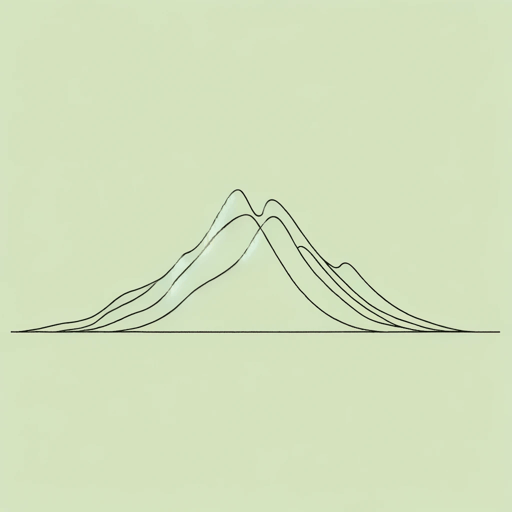50 pages • 1 hour read
Langston HughesThe Negro Artist and the Racial Mountain
Nonfiction | Essay / Speech | Adult | Published in 1926A modern alternative to SparkNotes and CliffsNotes, SuperSummary offers high-quality Study Guides with detailed chapter summaries and analysis of major themes, characters, and more. For select classroom titles, we also provide Teaching Guides with discussion and quiz questions to prompt student engagement.
Answer Key
Reading Check
1. An encounter with another Black poet (Paragraph 1)
2. “This urge within the race toward whiteness” (Paragraph 1)
3. The lower class (Paragraph 4)
4. Bessie Smith/Paul Robeson/Rudolph Fisher/Jean Toomer/Aaron Douglas (Paragraph 14)
Short Answer
1. Hughes interprets that statement to mean that the poet wants to write like and be a white poet, which means, ultimately, that he would like to be white. (Paragraph 1)
2. Hughes believes that the proximity to whiteness in the middle and upper classes causes Black folks in those classes to focus primarily on assimilation rather than embracing their Black culture. Lower-class Black folks, by contrast, are freer to stay closer to their roots and celebrate their Blackness, which better fosters the development of the Black artist. (Paragraphs 2-4)
3. The duty of the young Black artist is to use their art to resist the urge toward whiteness and instill racial pride within the Black community by celebrating Blackness. (Paragraph 12)
4. Fellow Black people might want the Black artist to portray them as respectable and palatable to white people. By contrast, white patrons (who would often pay for this art) might want Black artists to maintain their illusions of Black folks and their place in American society. (Paragraph 9)
Related Titles
By Langston Hughes
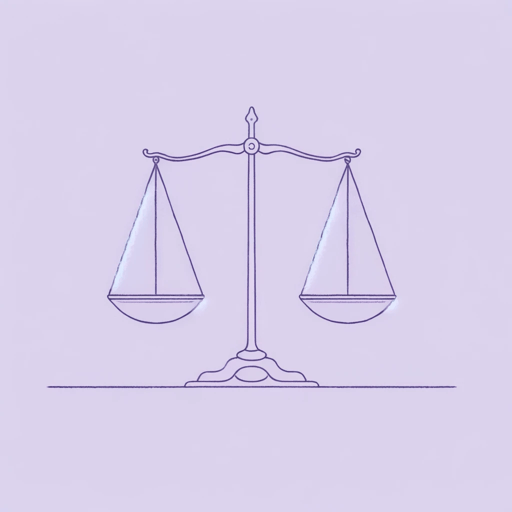
Children’s Rhymes
Langston Hughes
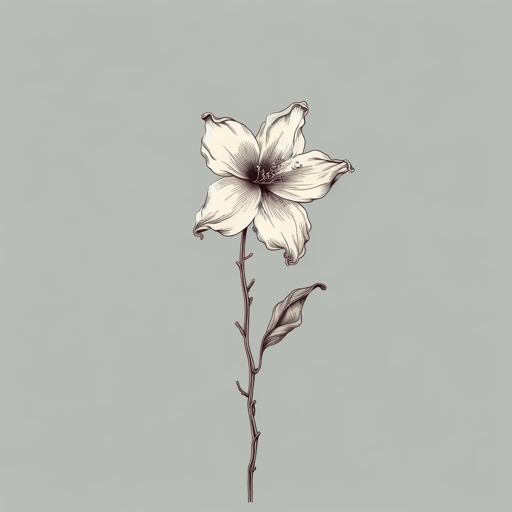
Cora Unashamed
Langston Hughes
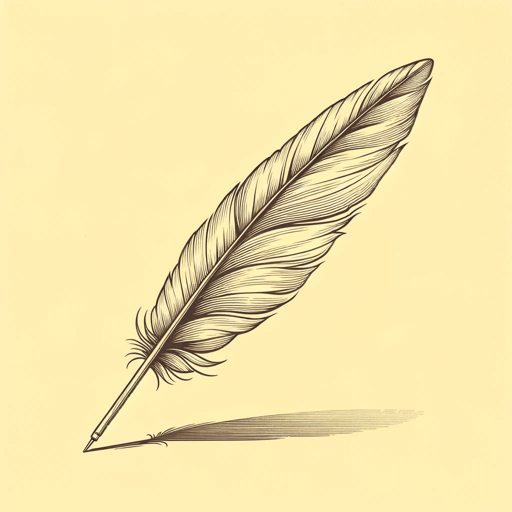
Dreams
Langston Hughes
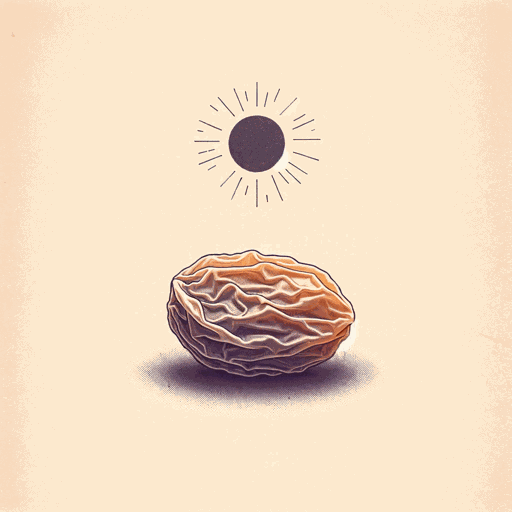
Harlem
Langston Hughes
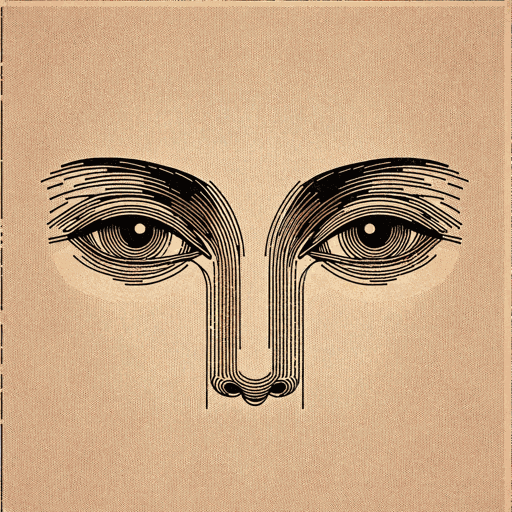
I look at the world
Langston Hughes
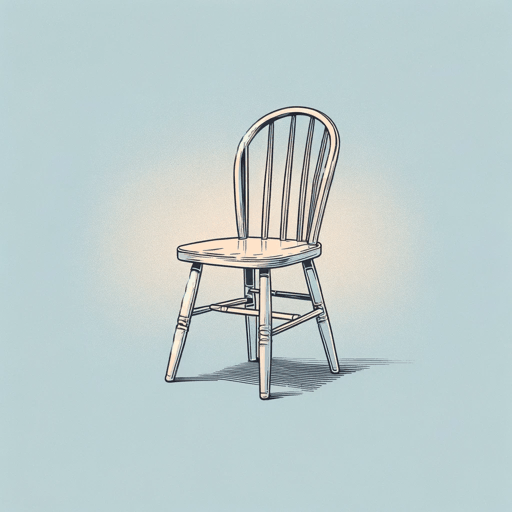
I, Too
Langston Hughes
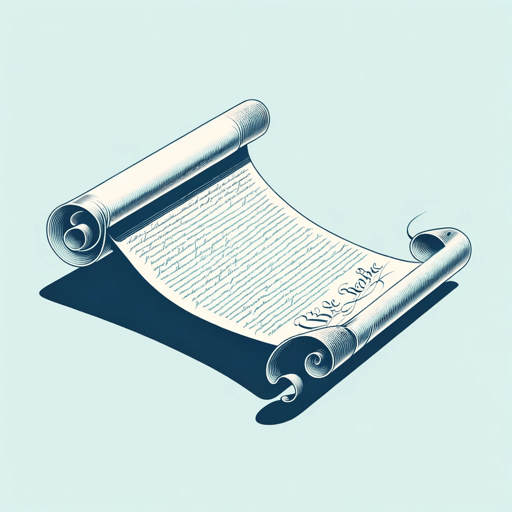
Let America Be America Again
Langston Hughes
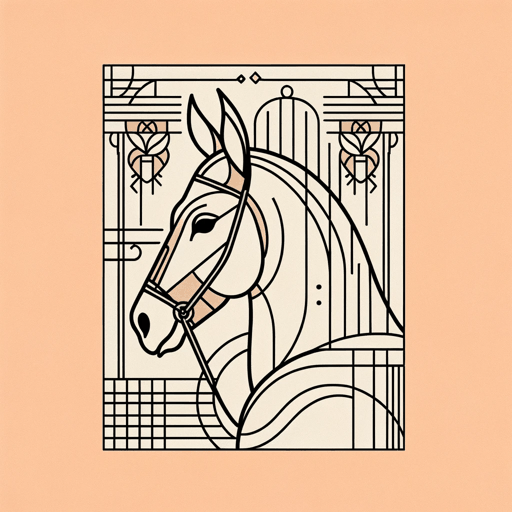
Me and the Mule
Langston Hughes

Mother to Son
Langston Hughes

Mulatto
Langston Hughes

Mule Bone: A Comedy of Negro Life
Langston Hughes, Zora Neale Hurston
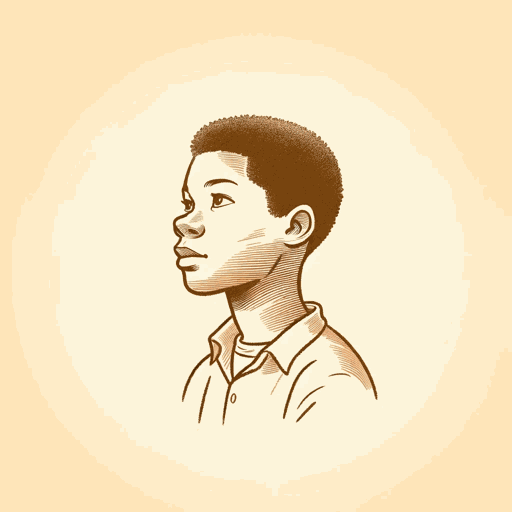
Not Without Laughter
Langston Hughes
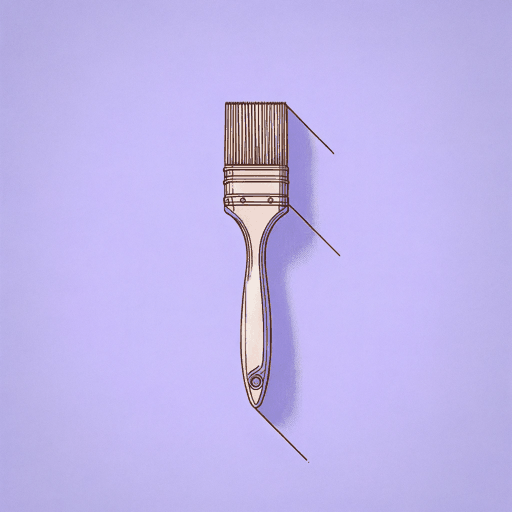
Slave on the Block
Langston Hughes
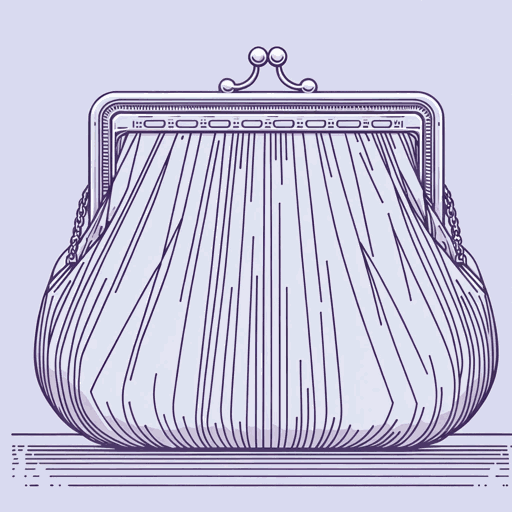
Thank You, M'am
Langston Hughes

The Big Sea
Langston Hughes
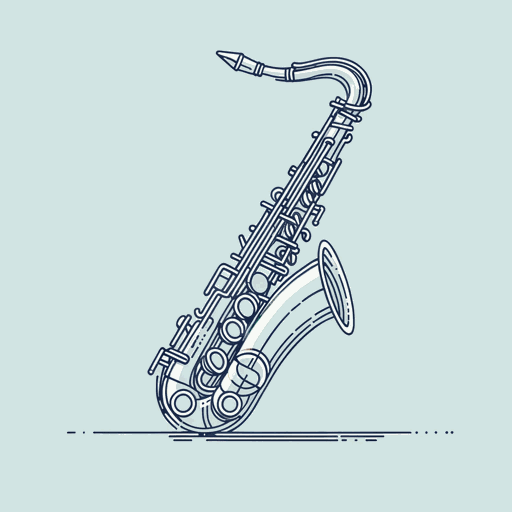
Theme for English B
Langston Hughes

The Negro Speaks of Rivers
Langston Hughes
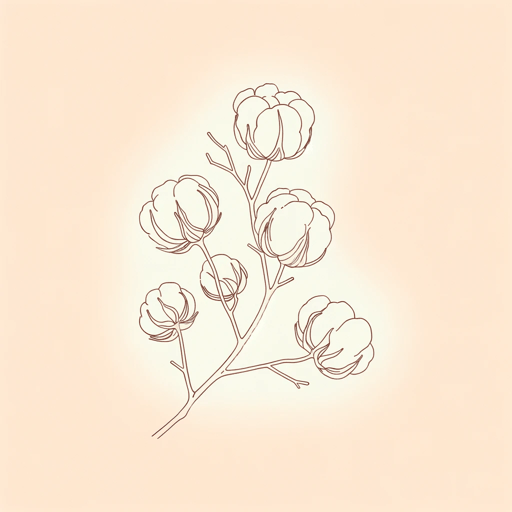
The Ways of White Folks
Langston Hughes
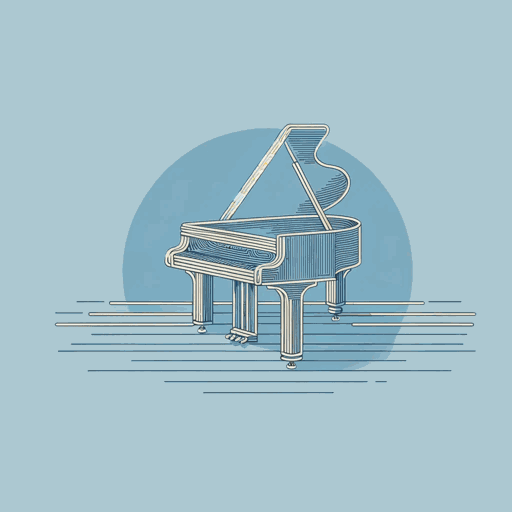
The Weary Blues
Langston Hughes

Tired
Langston Hughes
Featured Collections
A Black Lives Matter Reading List
View Collection
African American Literature
View Collection
Art
View Collection
Black History Month Reads
View Collection
Books About Art
View Collection
Creative Nonfiction
View Collection
Harlem Renaissance
View Collection
Pride & Shame
View Collection
